
Polestar is growing in Australia. But what is Volvo’s new offshoot electric car brand and how is it different?
The carmaker squarely aims at the popular Tesla brand with a focus on sustainability and performance-orientated electric vehicles.
The debut Polestar 2 liftback EV is now more than a year old locally and a range of electric SUV and passenger car models are coming in the pipeline.
Here’s everything you need to know about Polestar.
What is Polestar?
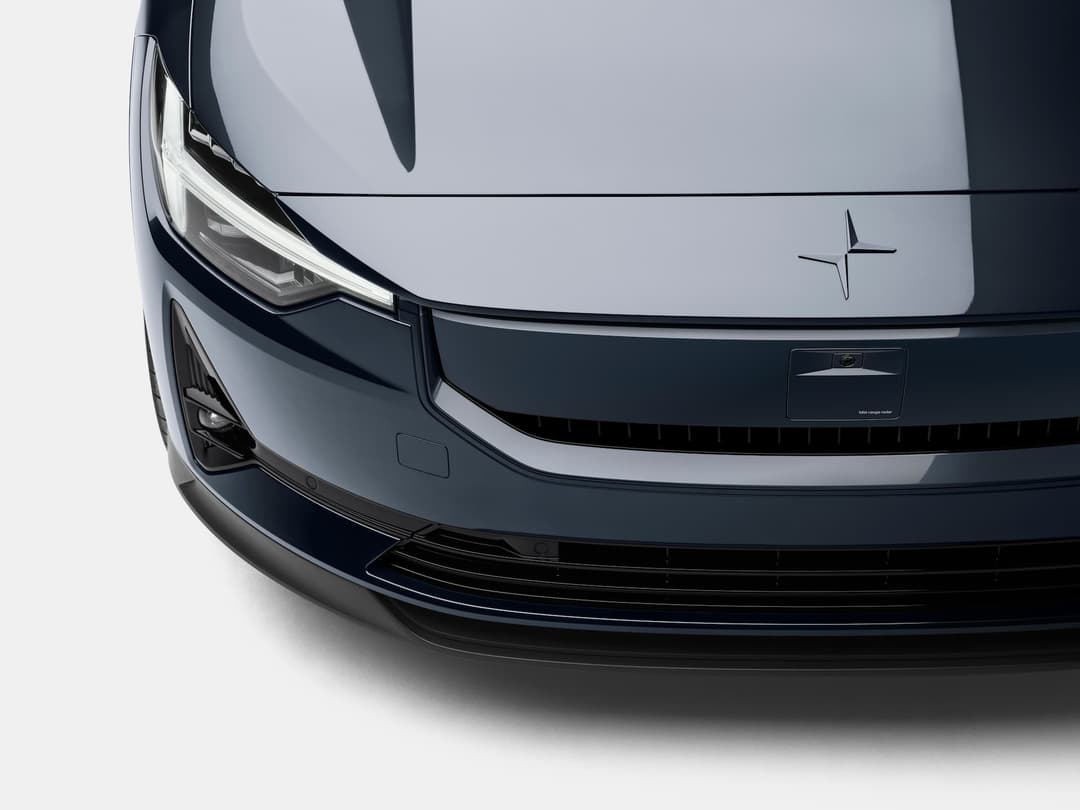
Polestar is a Swedish-Chinese car brand specialising in electric performance vehicles and manufacturers models in China and (soon) the United States. It is a subsidiary of Volvo Cars, which is owned by the China-based Zhejiang Geely Holding Group.
Polestar's ownership is split between Volvo Cars (49.5 per cent) and Geely (50.5 per cent). The latter has a portfolio of other car brands, including Lotus, Zeekr, Lynk & Co, Radar, and Smart.
Polestar shares technology and engineering with the Volvo Car Group at its headquarters in Gothenburg, Sweden and research and development (R&D) facility in the United Kingdom.
Similar to Volvo Cars, the company has a strong focus on the sustainability of materials, the supply chain and circular economy.
It is exploring sustainable repairing, refurbishing and repurposing high-voltage batteries, and uses blockchain technology to trace and ensure the responsible sourcing of key raw materials.
Where does Polestar come from?
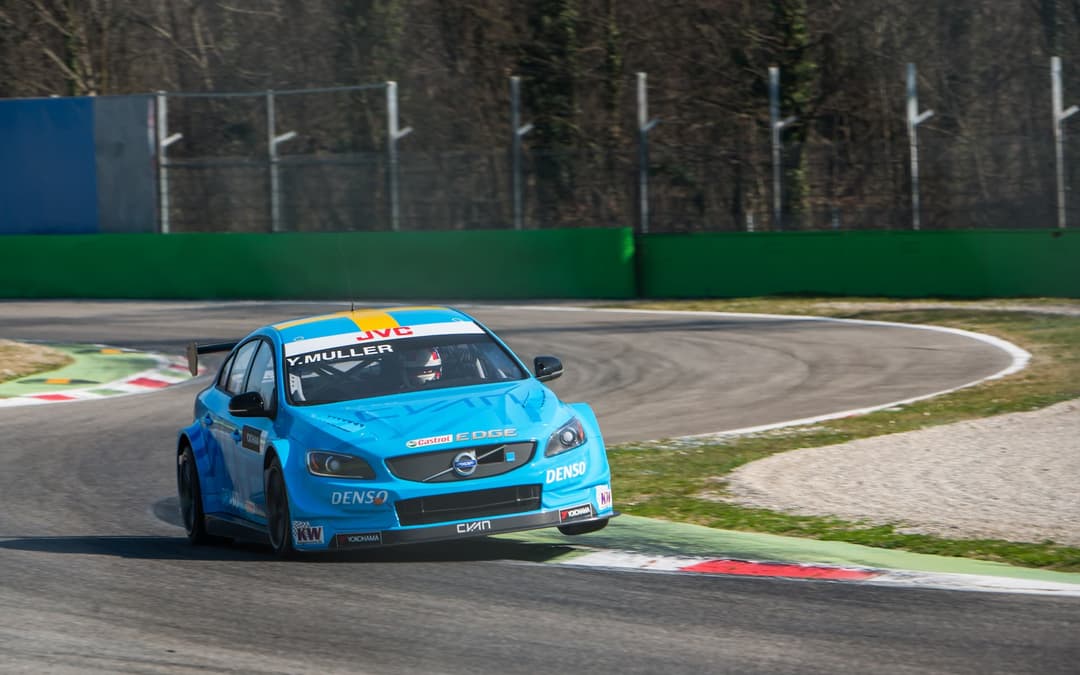
While Polestar became a standalone brand in 2017, its roots harp back to 1996.
Then Volvo Cars partnered with Flash Engineering to enter into The Scandinavian Touring Car Championship. On the back of successful wins and a new leader, the team was renamed to Polestar Racing in 2005.
Geely acquired Volvo Cars from Ford in 2010 for around US$1.4 billion (AU$2 million), saving it from bankruptcy. By 2013, Polestar Performance AB was formed to rival Mercedes-AMG and the BMW M division.
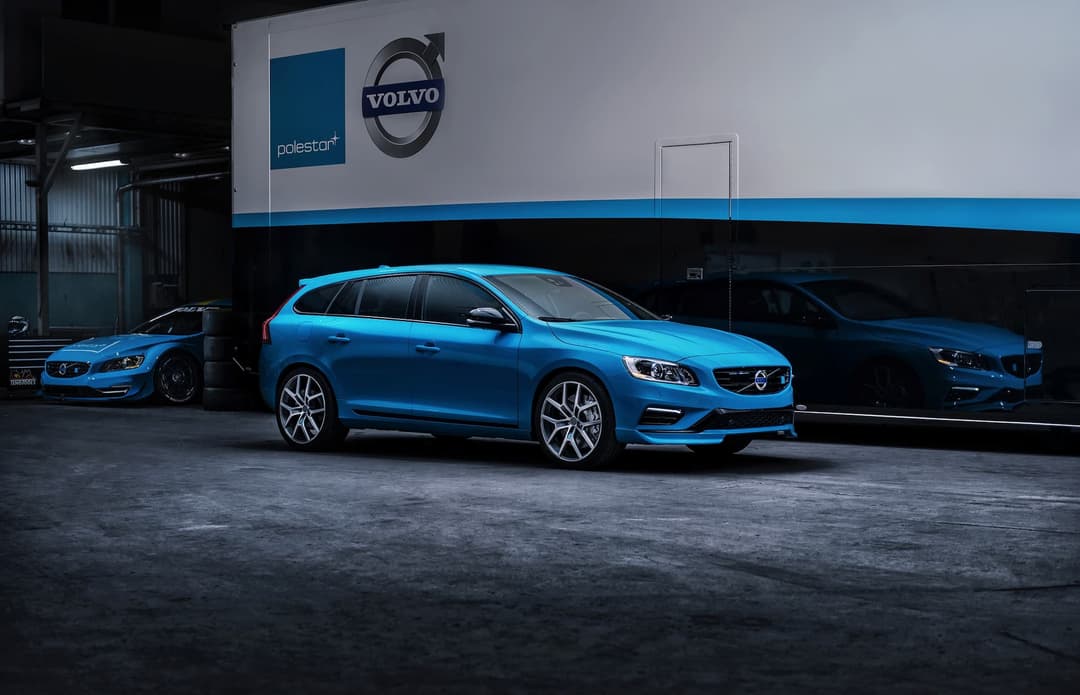
The limited-run Volvo S60 Polestar (pictured above) was the first road-going production car, with a signature Rebel Blue colour, an inline six-cylinder petrol engine (producing 258kW of power and 508Nm of torque), Öhlins 2-way adjustable shock absorbers, and other hardware enhancements to the standard S60 sedan.
In 2014, Polestar expanded to more countries in the guise of high-performance variants of the updated Volvo S60 and V60s.
A modified S60 Polestar also competed in the Australian V8 Supercars Championship between 2014 to 2016.
Importantly in 2015, Volvo Cars purchased the performance division and subsequently continued the badge in more vehicles, such as the next-gen S60, V60, and XC60 in 2019 under the blue ‘Polestar Engineered’ badge. It also made its ‘Polestar Engineered Optimisation’ calibration available to current Volvo owners.
The racing team was renamed to Cyan Racing with links to Geely brand Lynk & Co.
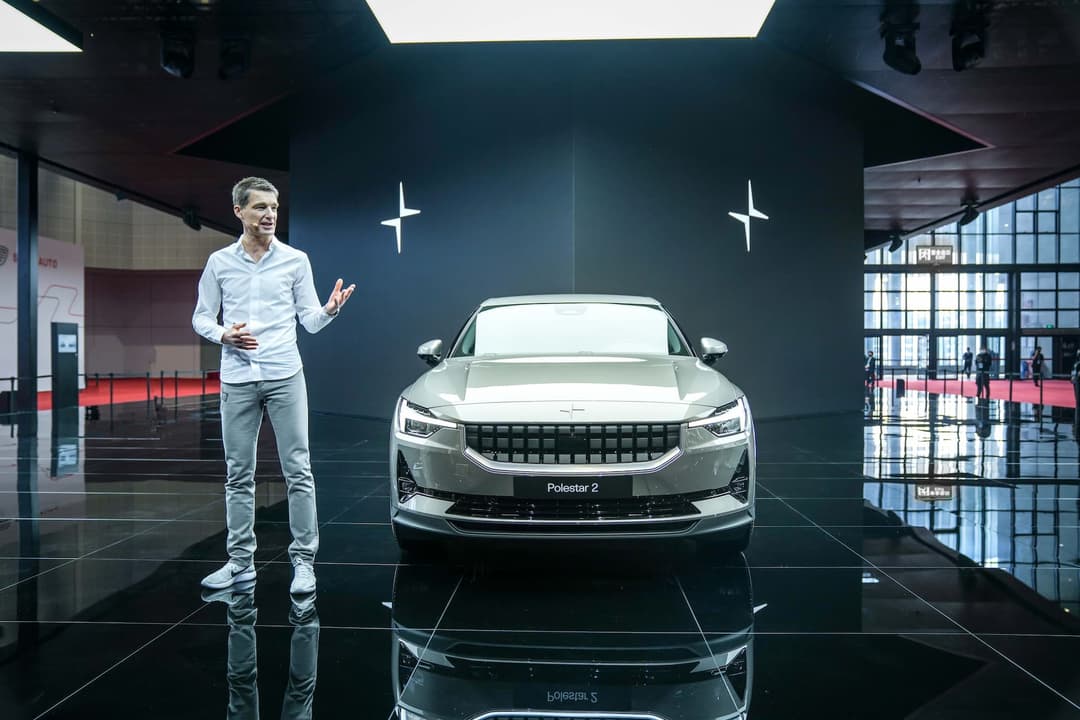
In 2017, Volvo announced Polestar would become its own separate brand making electric luxury performance cars, but would still share designs and technologies with Volvo Cars.
Thomas Ingenlath was poached from his role as the senior vice president of design at Volvo Cars to head Polestar as chief executive. Ingenlath comes from an automotive design background, with previous roles in the Volkswagen Group's Audi and Skoda brands.
By 2018, Polestar was spun out independently and owned by Volvo Cars and Geely.
This also meant a new Polestar logo – two wings placed diagonally towards each other symbolises the North Star that guides travellers on the Northern Hemisphere. This is a metaphor for the company acting as a “guiding star” for the Volvo Cars Group.
Where are Polestar cars made?
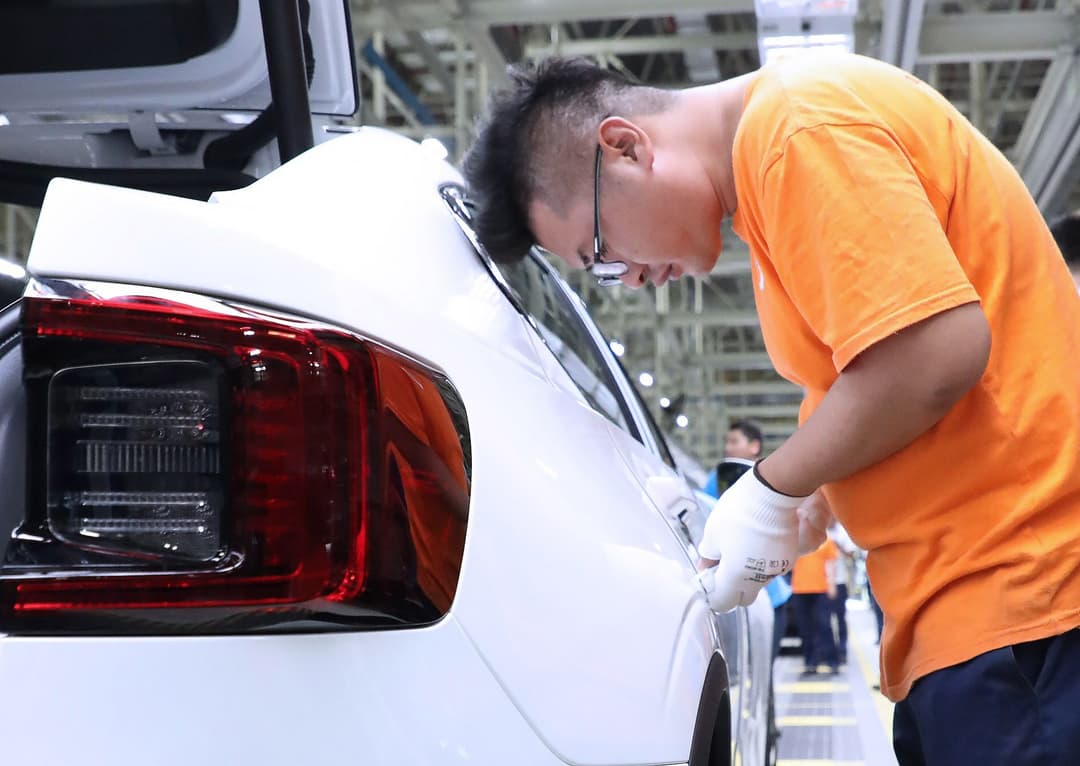
Polestar currently produces the 2 EV in Volvo’s CMA Super Factory in Luqiao, Zhejiang, China alongside the related Volvo XC40 SUV.
The upcoming Polestar 3 electric SUV will be made at its Polestar Plant in Chengdu, China (the former factory for the Polestar 1) and a new plant in Ridgeville, South Carolina.
Furthermore, the Polestar 4 coupe SUV will be manufactured at a Geely-owned factory in Hangzhou Bay, China.
Is Polestar just a Volvo?
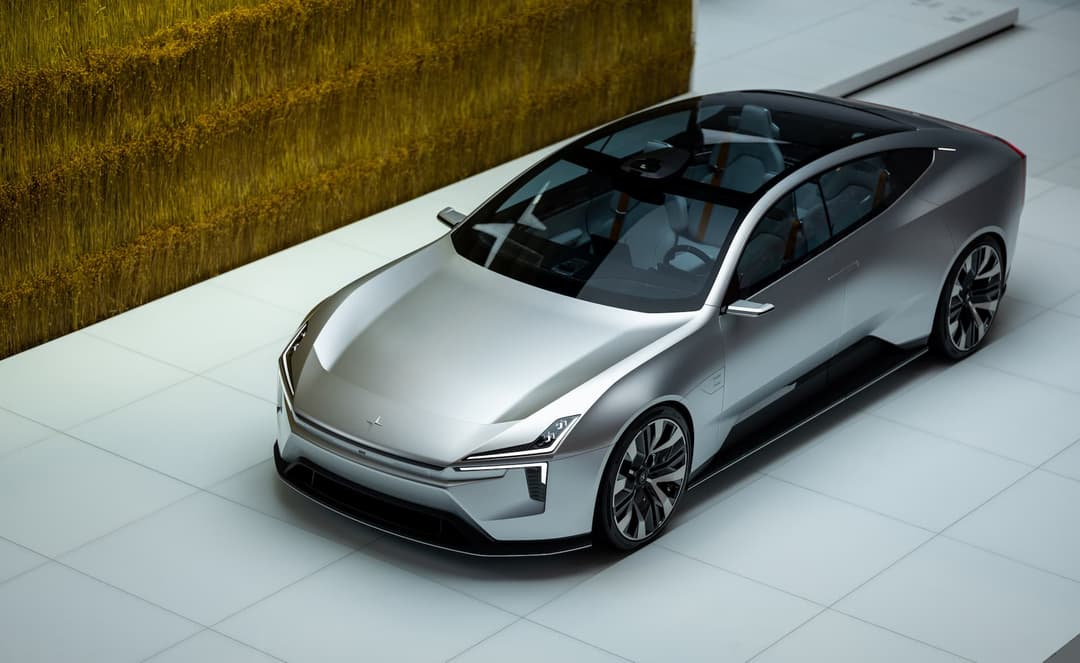
While Polestar and Volvo do share architectures, parts and similar designs, the former is still unique.
Polestar already exclusively makes full-electric cars with a performance focus, but Volvo Cars intends to have an EV-only range by 2030 (2026 in Australia) while maintaining its traditional luxury and safety-conscious focus.
As the 2020 Polestar Precept concept (pictured above) hinted, it has its own identity with a slicker sloping design, distinct ‘guiding star’ daytime running lights (as opposed to Volvo’s Thor’s hammer), yellow-gold accents across brake callipers and seatbelts on performance variants.
After all, as the logo suggests, Polestar is the forefront experimental brand that Volvo Cars takes inspiration from.
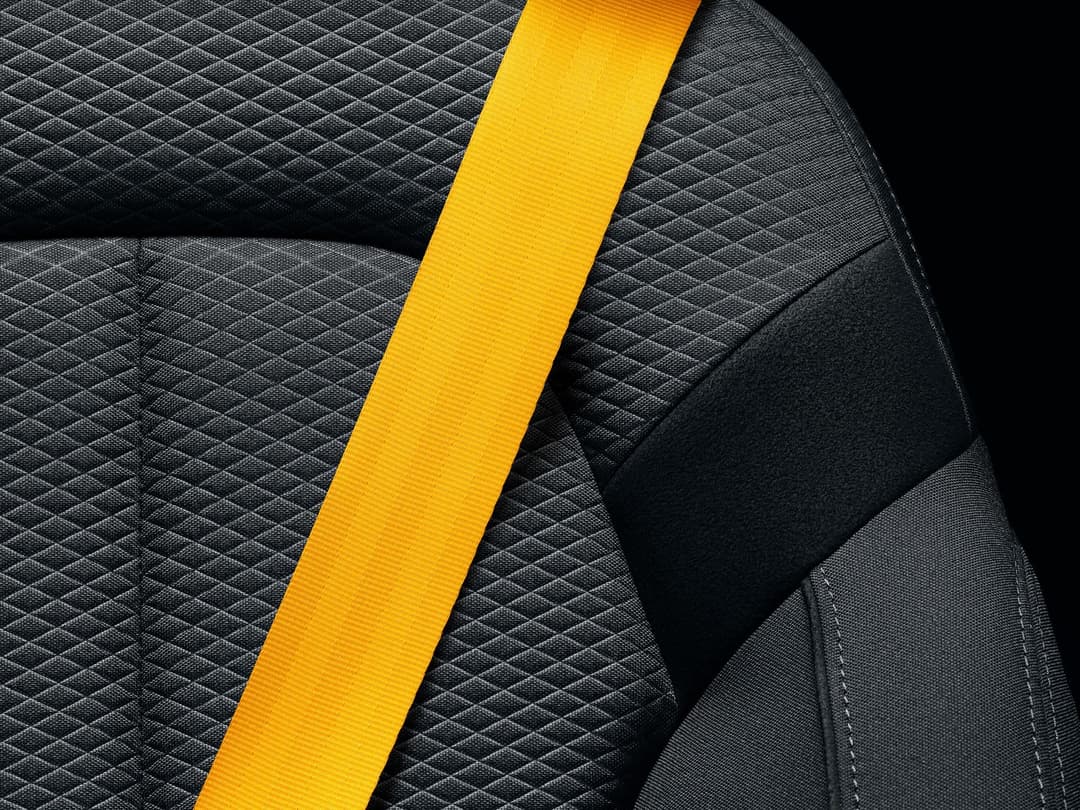
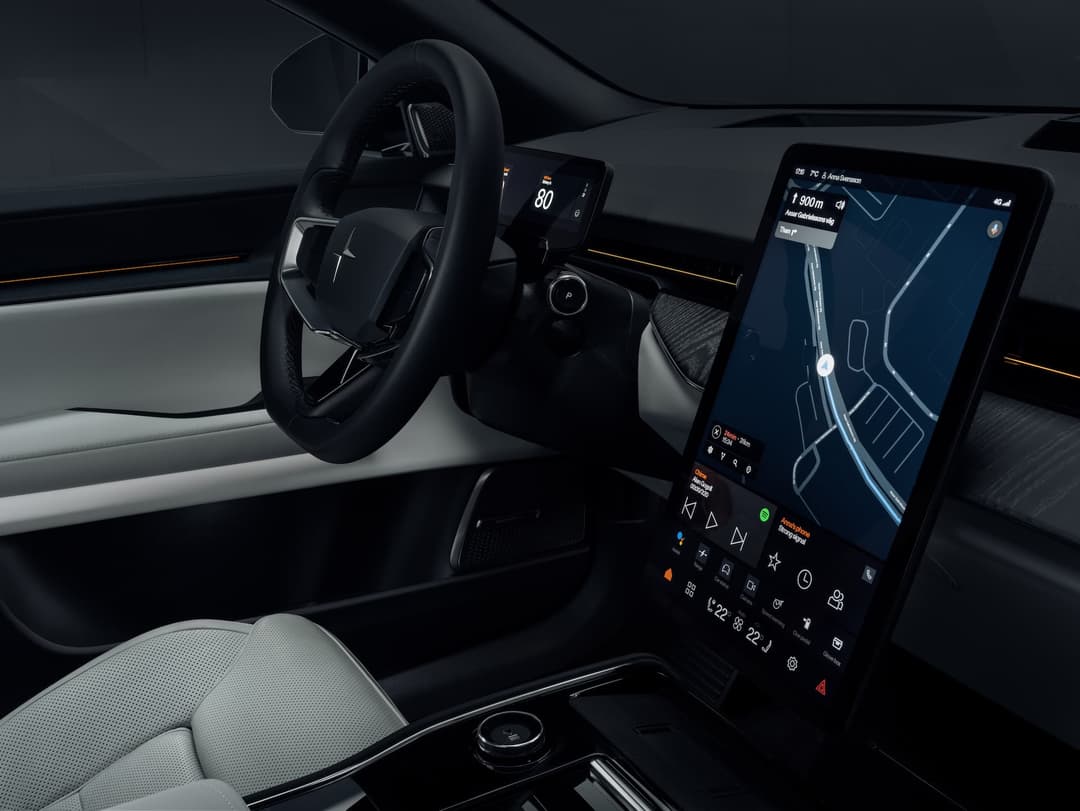
Additionally, Polestar stresses fixed pricing and universal choices for all countries it sells in (same options, equipment and powertrains).
It rivals performance-orientated EV brands, including the disruptive Tesla and Volkswagen-owned Cupra. Ingenlath also says it’s competing with Porsche for "the best electrically powered premium sports car”.
Model-wise, the Polestar 2 liftback is based on the same platform as the Volvo XC40 Recharge electric SUV, and the Polestar 3 large SUV is closely related to the Volvo EX90.
But, Polestar differentiates itself with a unique sportier exterior and interior design, sustainable (or sustainably sourced) interior materials, and different Android Automotive user interface software.
How can I buy and service a Polestar?

Polestar adopts a fixed-price, online ordering model like many other new car brands. It also sells in-stock and used vehicles via its website.
Permanent retail ‘Polestar Spaces’ are opening up in key Australian capital cities to show-off vehicles, test drives and guide customers – a similar approach to Tesla, Cupra or Genesis showrooms.
The company offers a five-year/unlimited-kilometre vehicle warranty and an eight-year/160,000km battery warranty – the latter covers degradation at no more than 30 per cent loss in health during the period.
As at publication, all Polestar 2s include free servicing and roadside assistance for five years. The new brand utilises Volvo Cars’ existing servicing network to maintain all Polestars.
Furthermore, consistent over-the-air (OTA) software updates have also fixed infotainment bugs, improved battery efficiency, range and charging, optimised safety assistance systems, added new features, and more.
What cars does Polestar sell and what's coming?
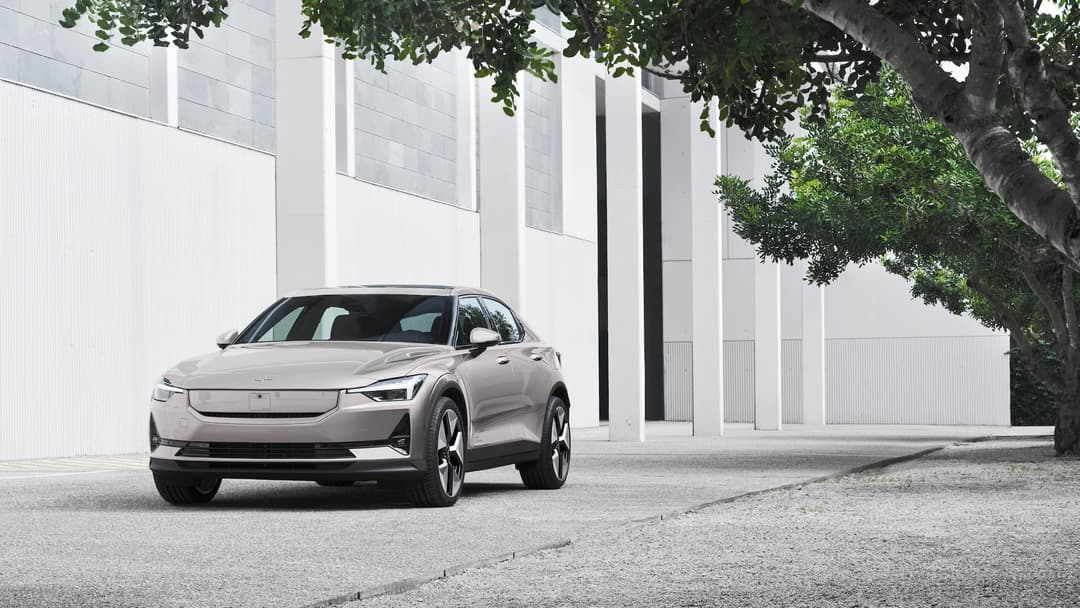
Polestar debuted in Australia in February 2022 with the launch of the Tesla Model 3-rivalling Polestar 2 liftback.
It launches models with numbered names in sequence, so the Polestar 2 wasn't the first vehicle from the Swedish-Chinese brand.
The limited-run Polestar 1 briefly sold in Europe and the USA as a three-door plug-in-hybrid performance coupe in 2017 based on the Volvo S90. But, it was retired in 2020 with only 1500 units produced in left-hand drive.
Polestar is forging ahead with introducing three new models by 2024.
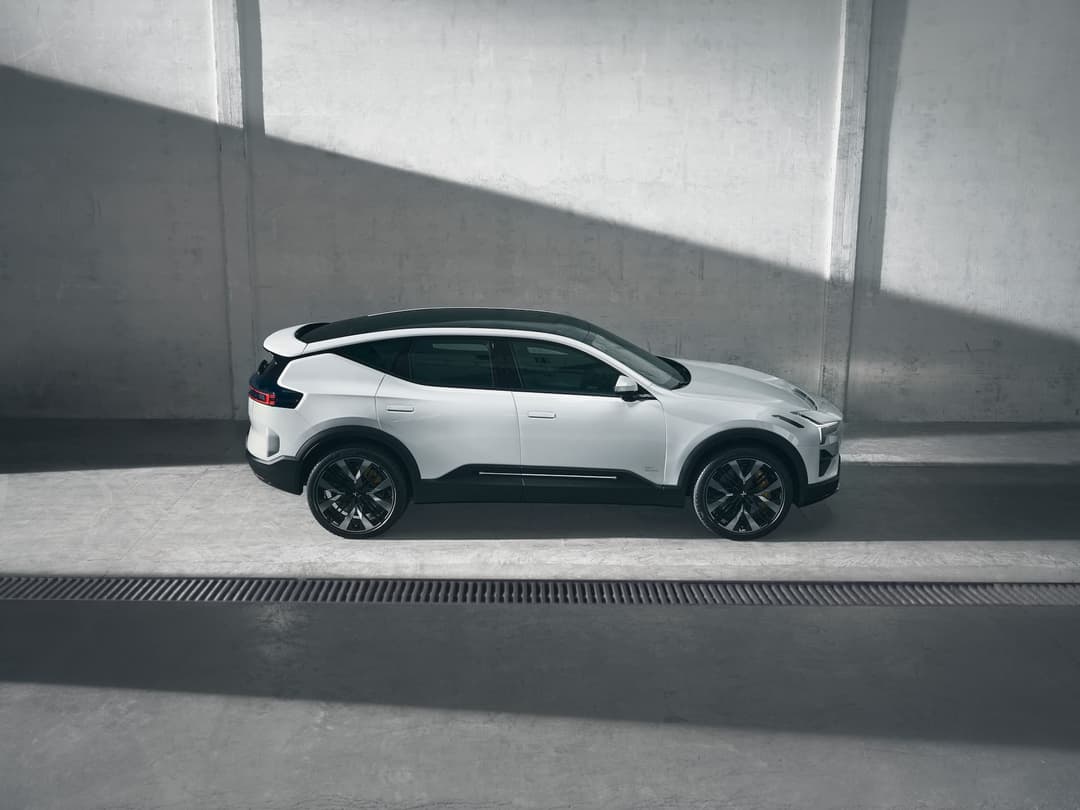
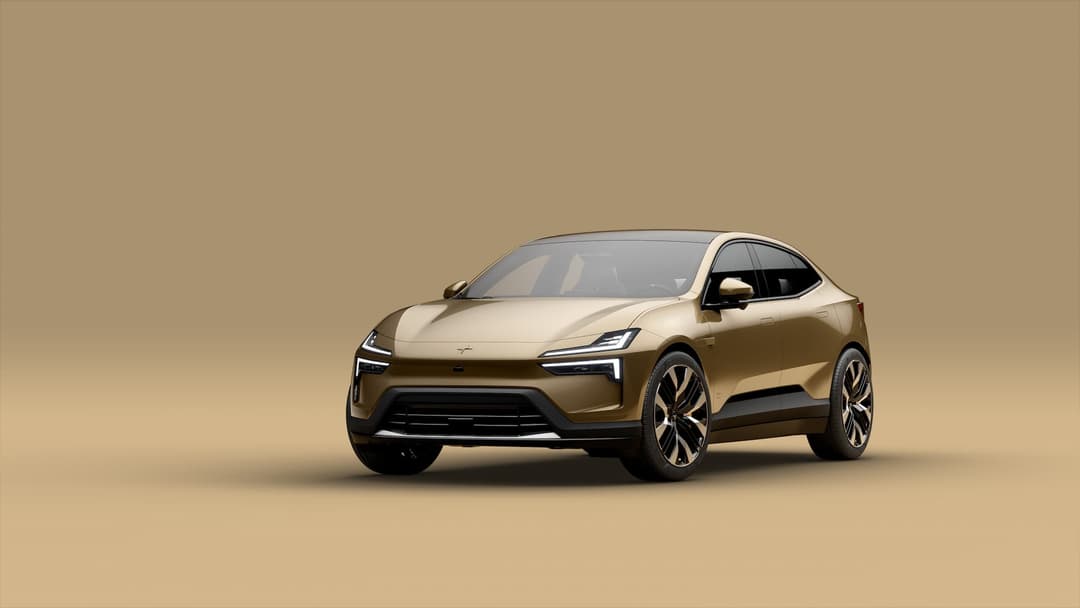
Pictured: Polestar 3 (left) and Polestar 4 (right)
Firstly, the current Polestar 2 liftback will be facelifted for the 2024 model-year and will land from the third quarter (July to September inclusive) this year. It will gain a new face, more advanced safety assist sensors, and more range similar to the refreshed Volvo XC40 and C40 Recharge.
In 2024, the Polestar 3 large performance SUV, based on the Volvo EX90, will start deliveries in Australia as an alternative to the BMW iX, Audi Q8 e-Tron, and Genesis Electrified GV70 using a dedicated EV platform for the first time.
It will be closely followed by the Polestar 4 coupe electric SUV, which is smaller and uses a different ground-up EV platform than the 3 – featuring a horizontal-orientated touchscreen, camera-only rear view mirror, and available high performance dual electric motors.
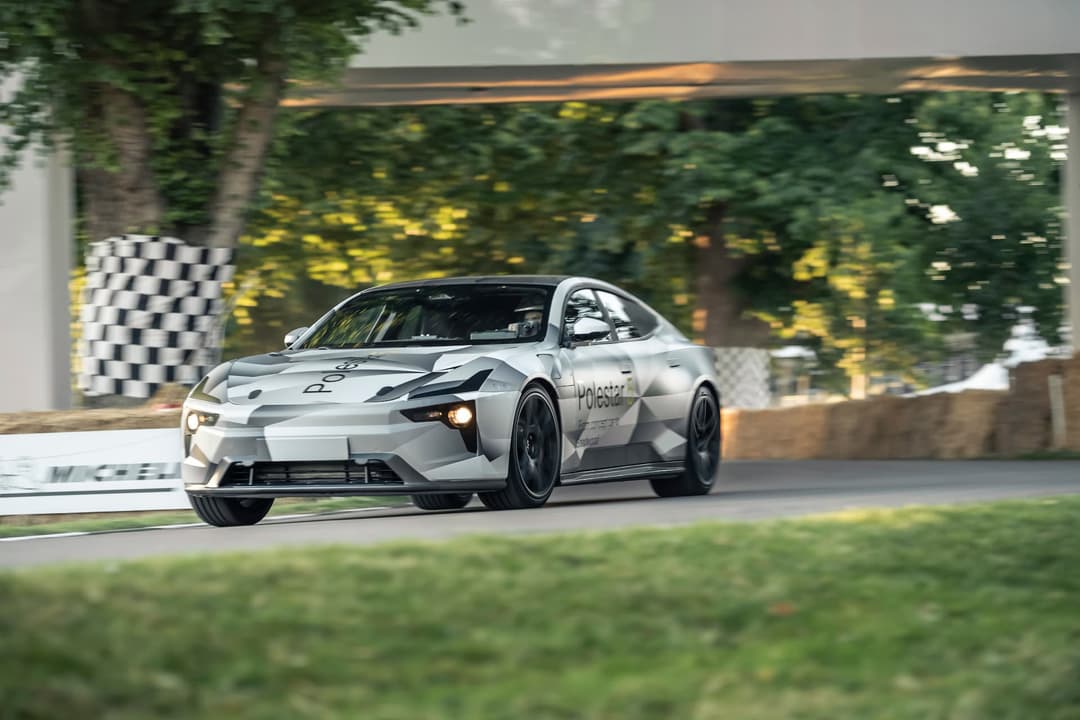
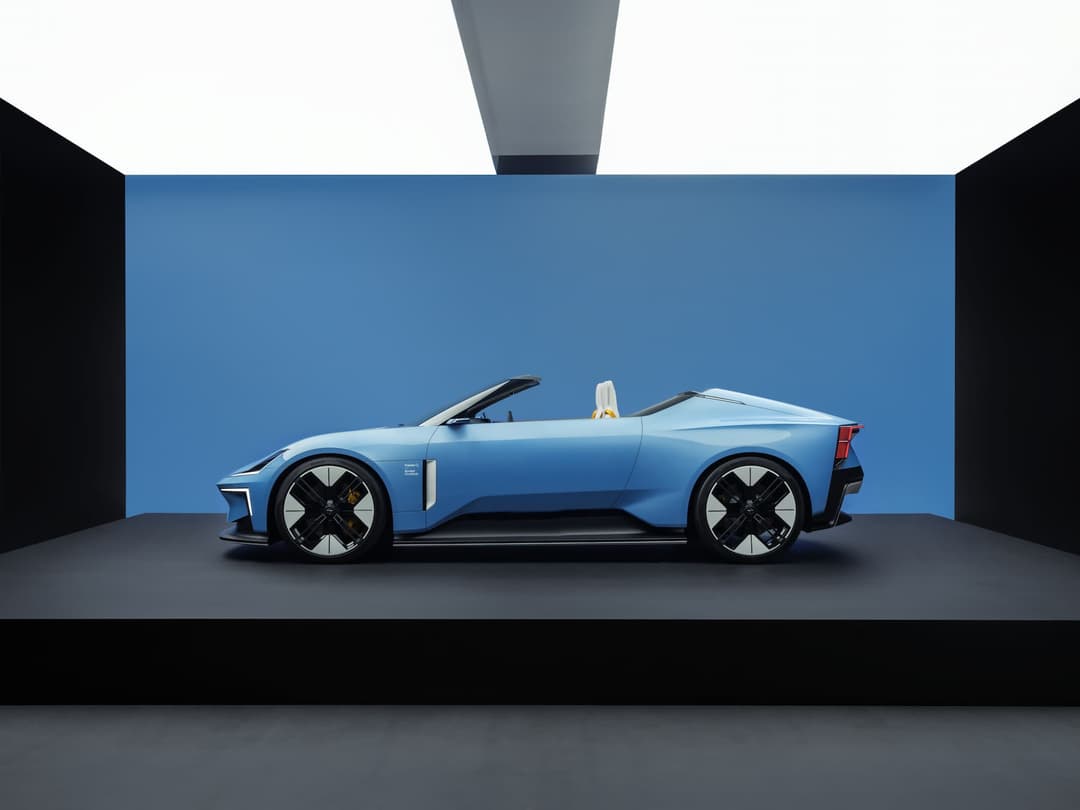
Polestar 5 prototype (left) and Polestar 6 concept (right)
Next will be the Polestar 5 large liftback in 2025, which hasn't been confirmed for Australia yet. Based on the Precept concept, it's poised to be the carmaker's headlining grand tourer vehicle to compete with the Tesla Model S overseas.
The related Polestar 6 electric convertible is expected also follow in 2026.
The carbon-neutral Polestar 0 will also debut by 2030, which aims to be an EV that has no environmental impact when it leaves the factory.
Datawrappers by Danny Thai
Read more👇
2023 Polestar 2 Long Range review
About the author
Stay up to date with the latest EV news
- Get the latest news and update
- New EV model releases
- Get money savings-deal

